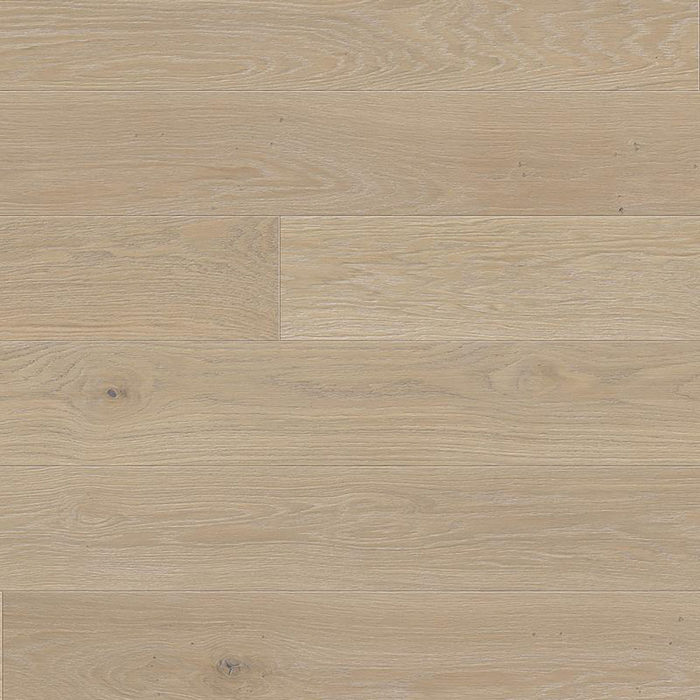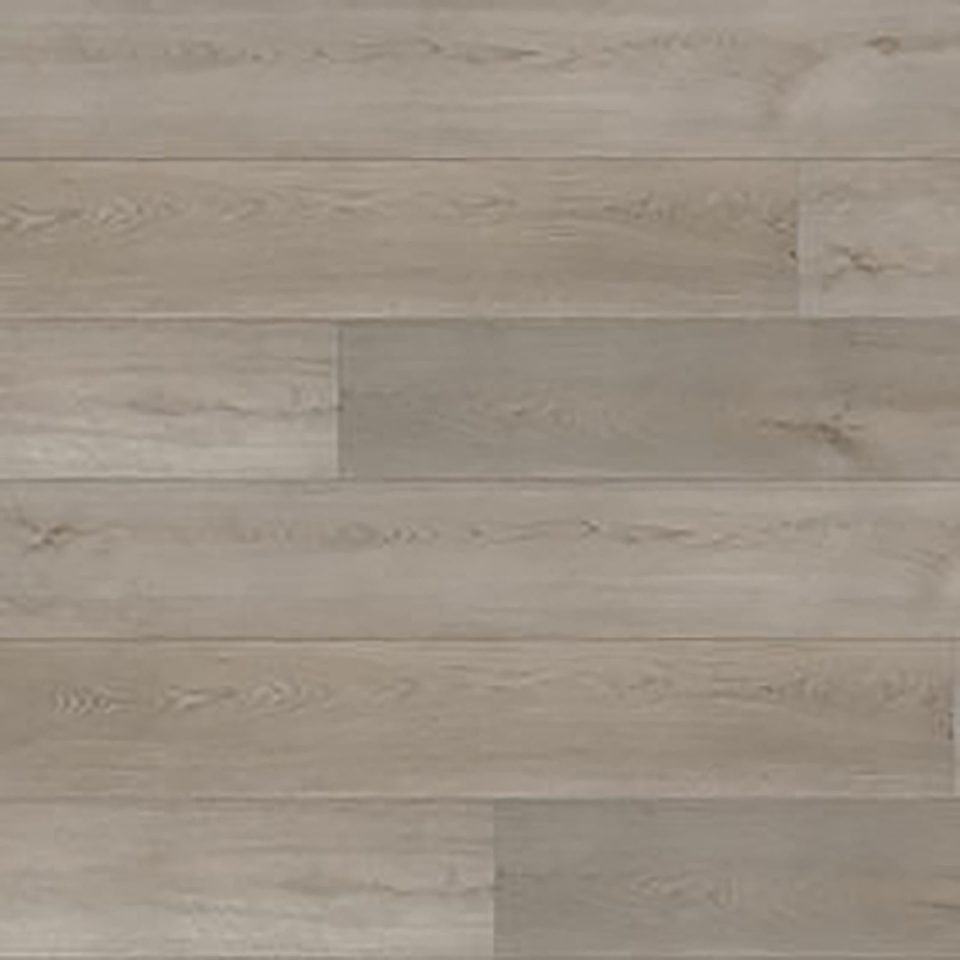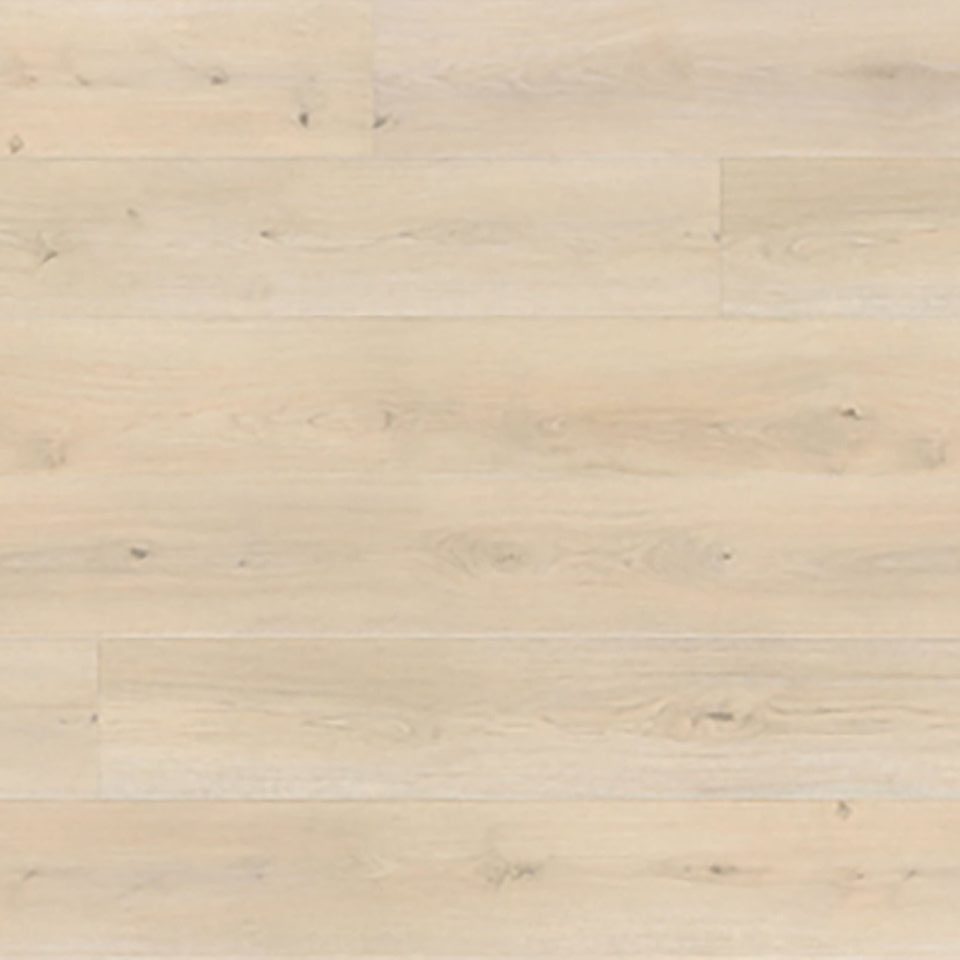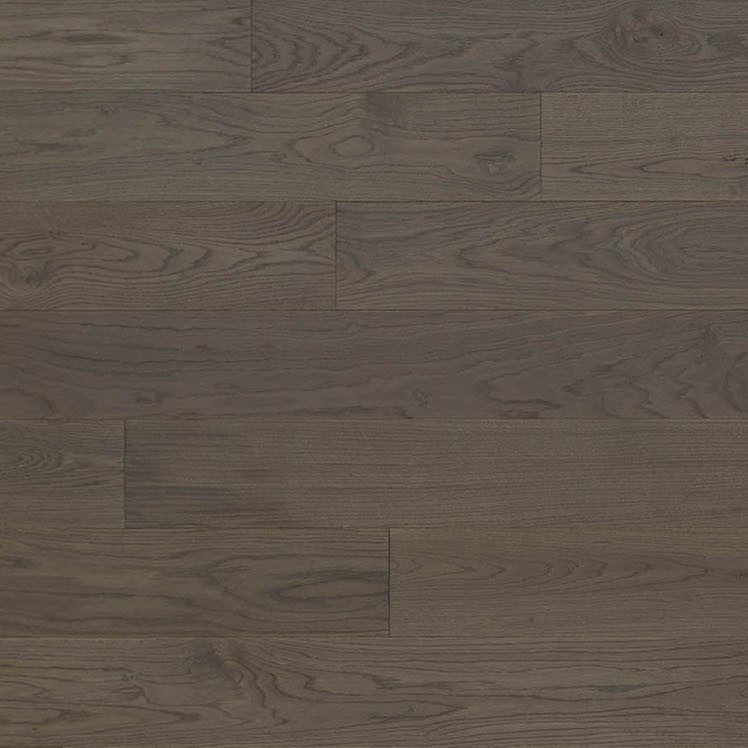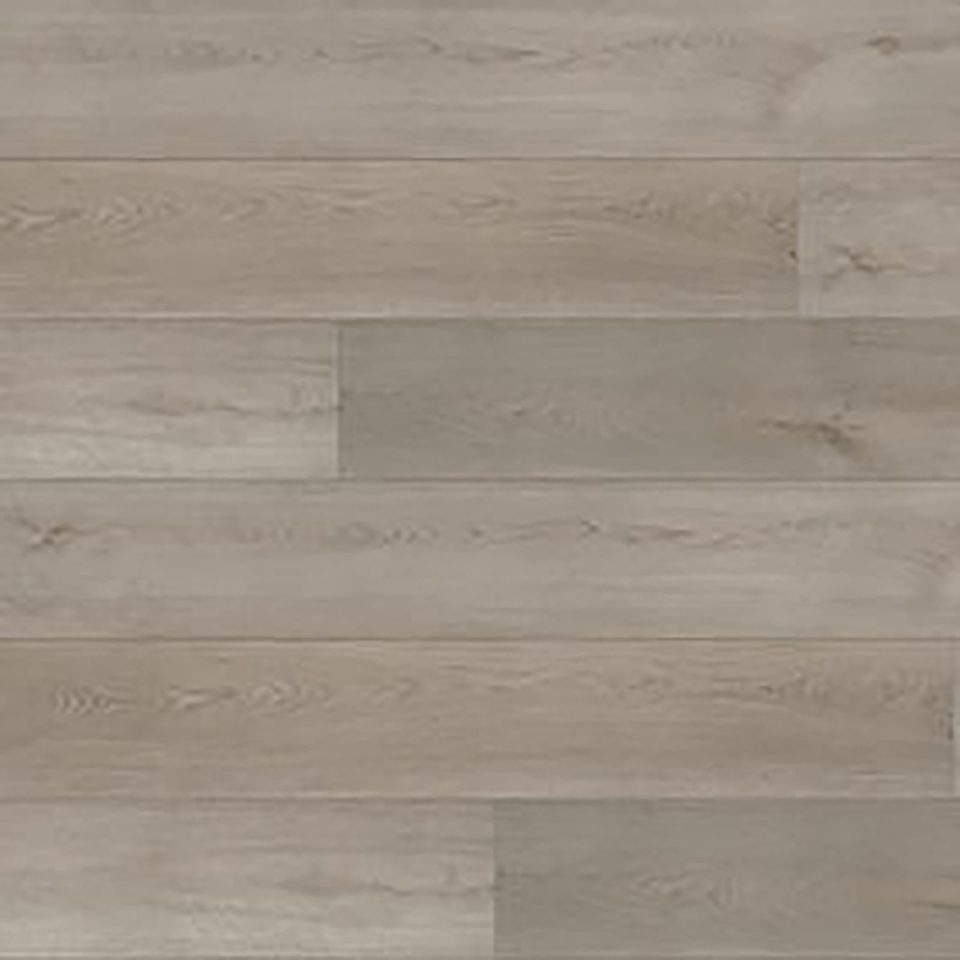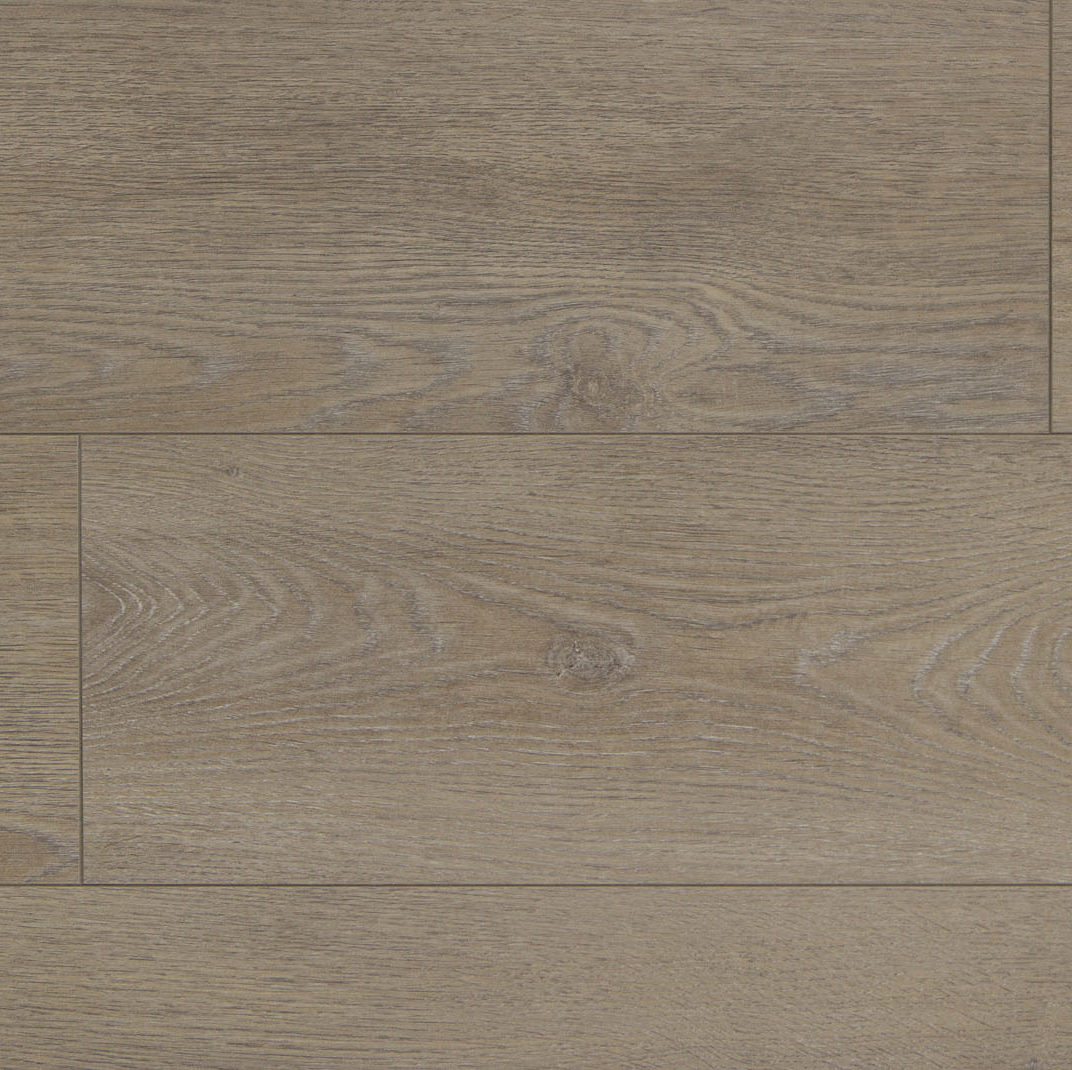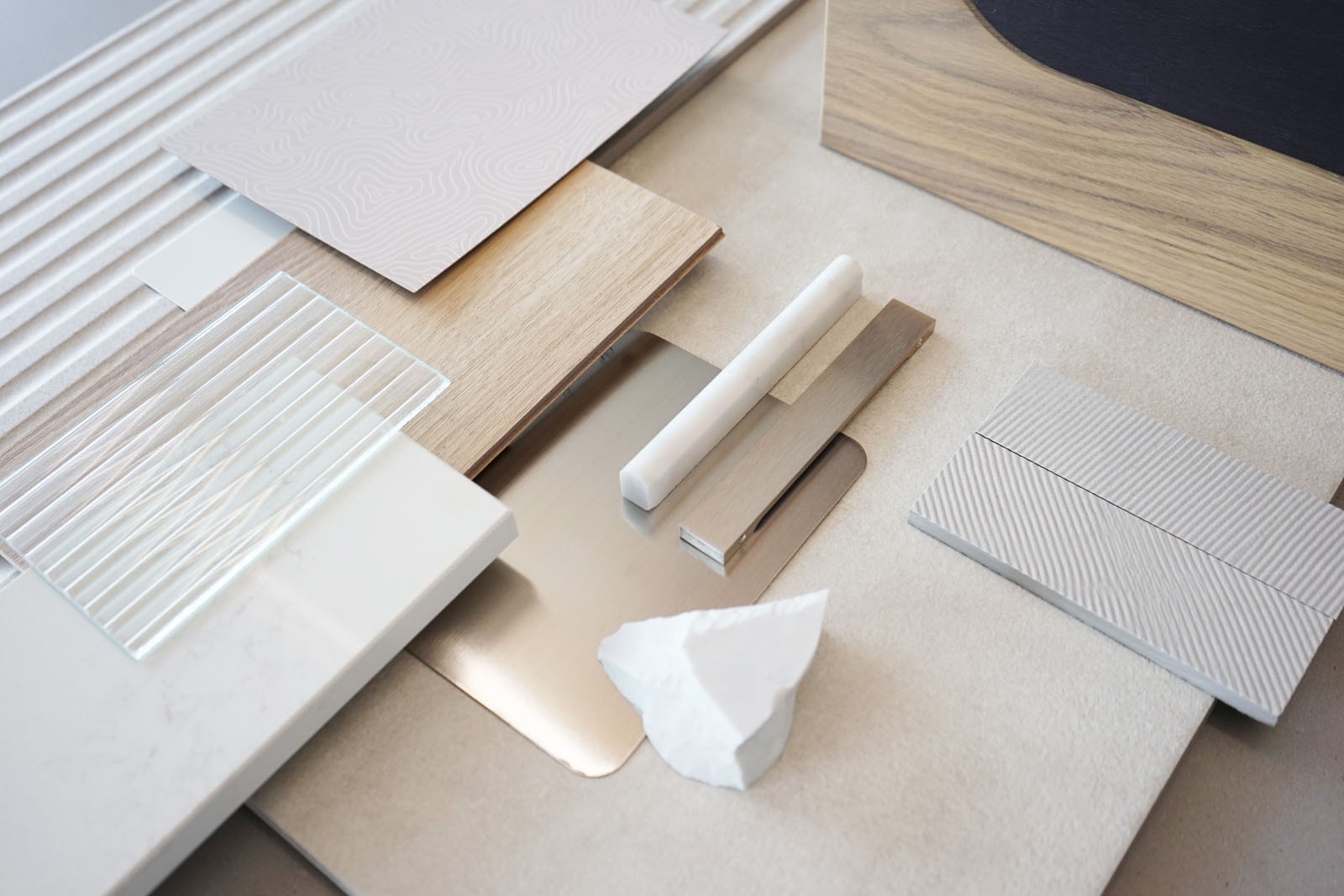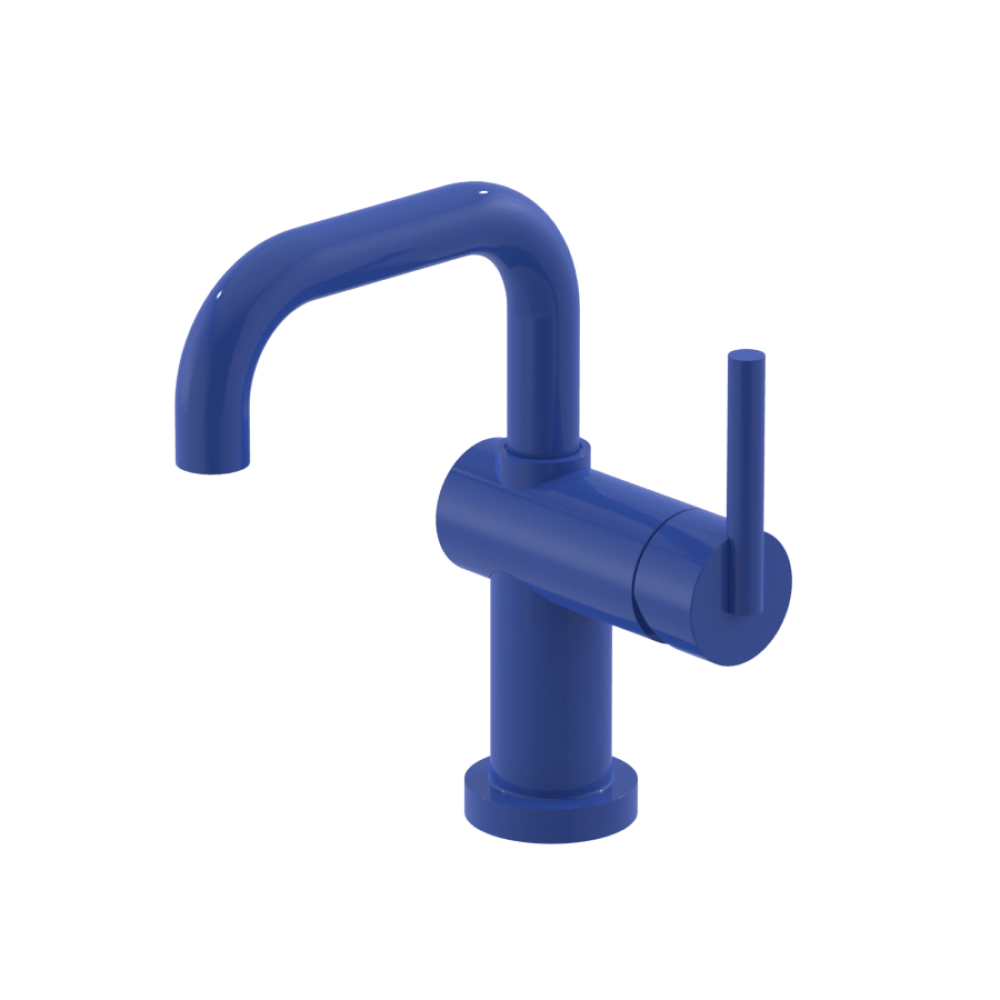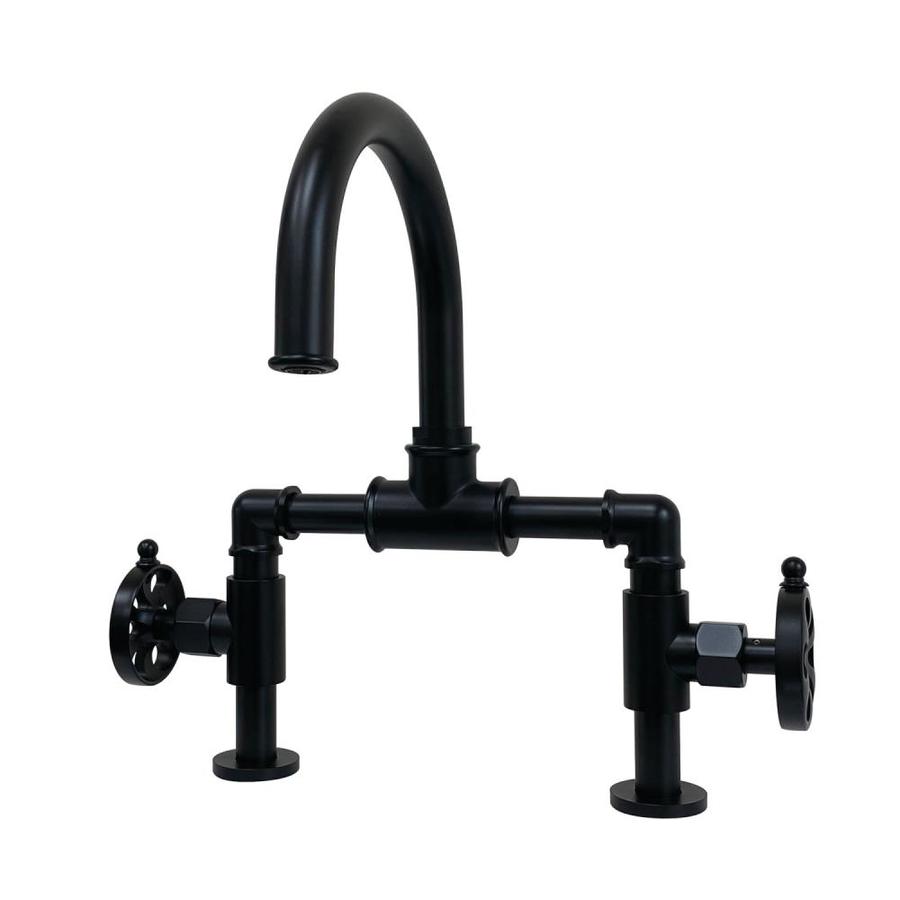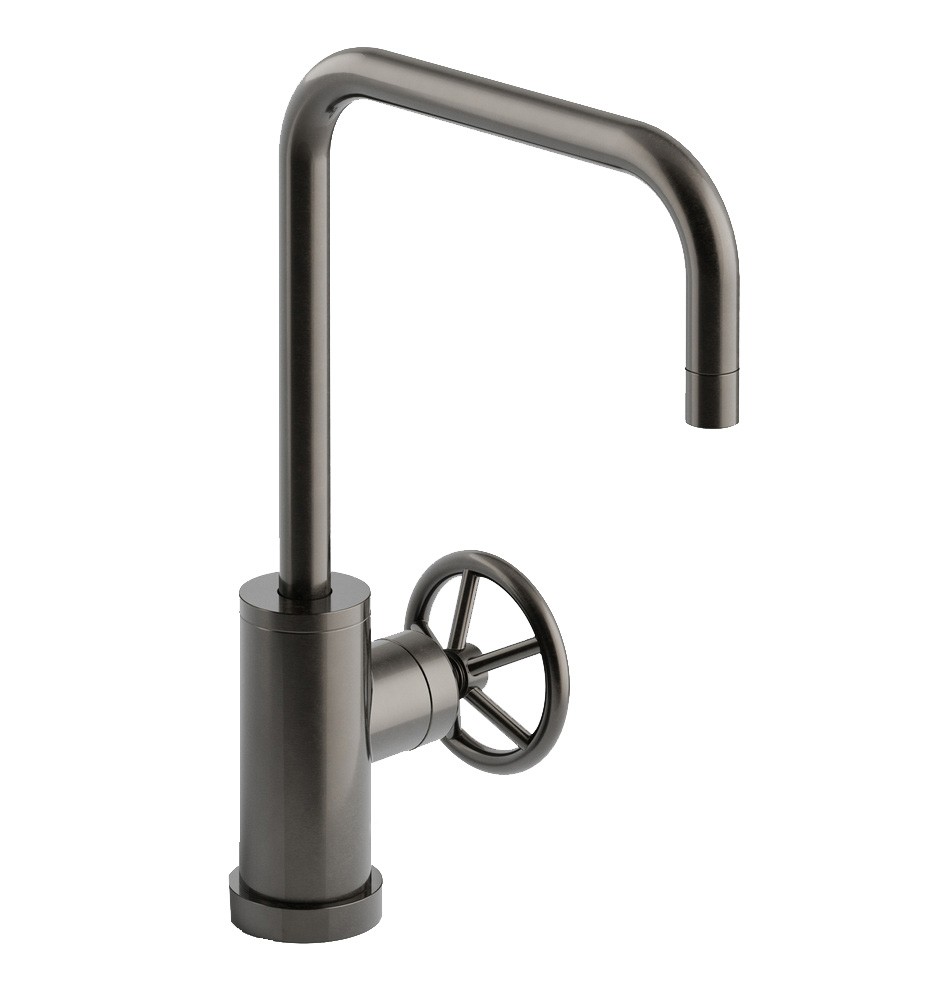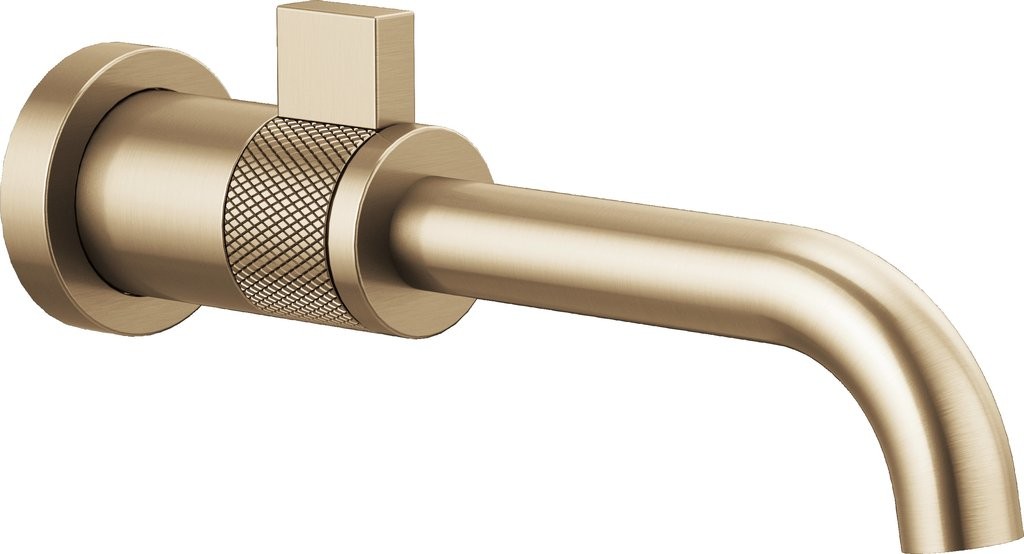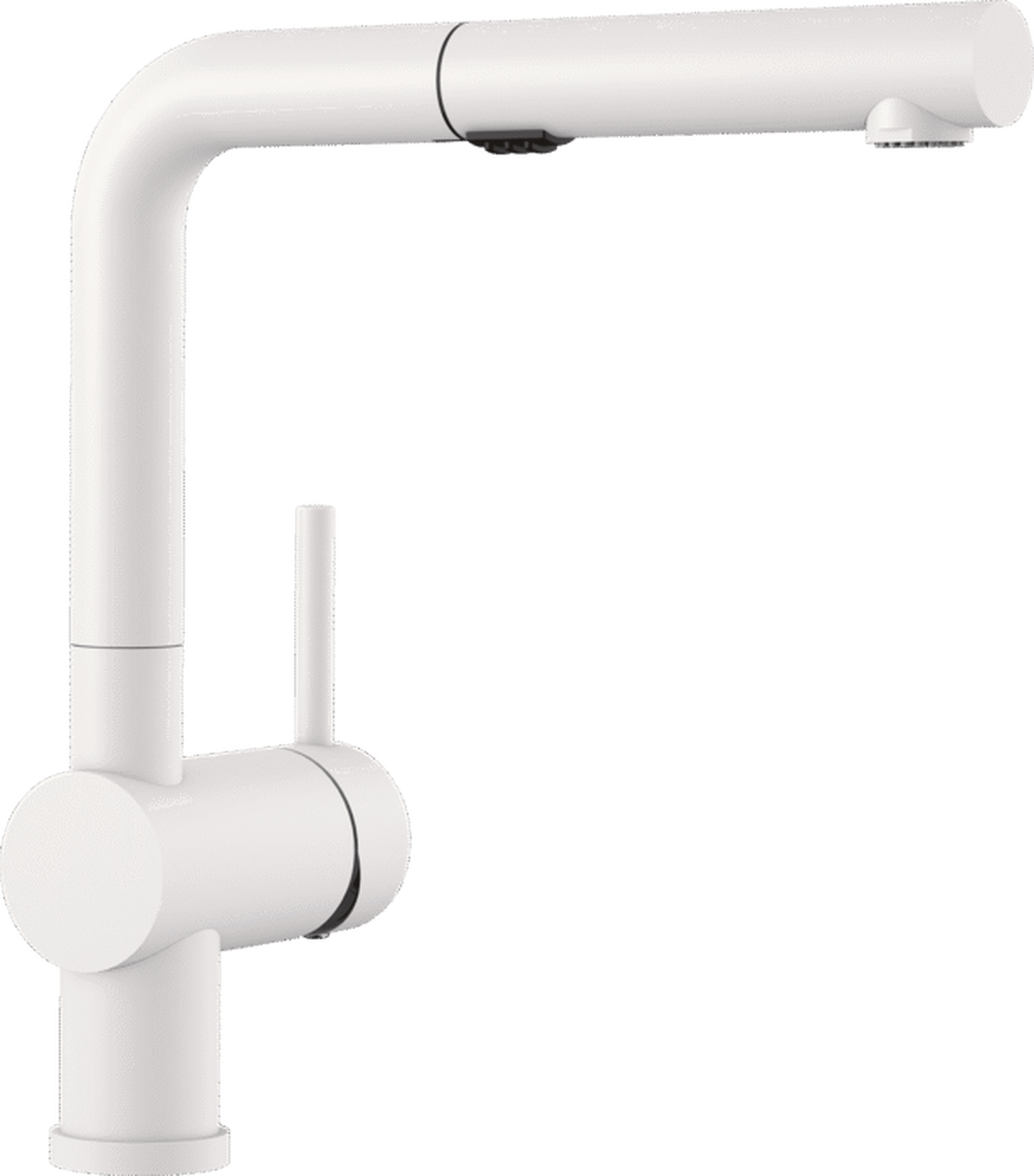The data in this guide provides an introductory breakdown of some of the most popular materials used in interior design and helps to answer the question:
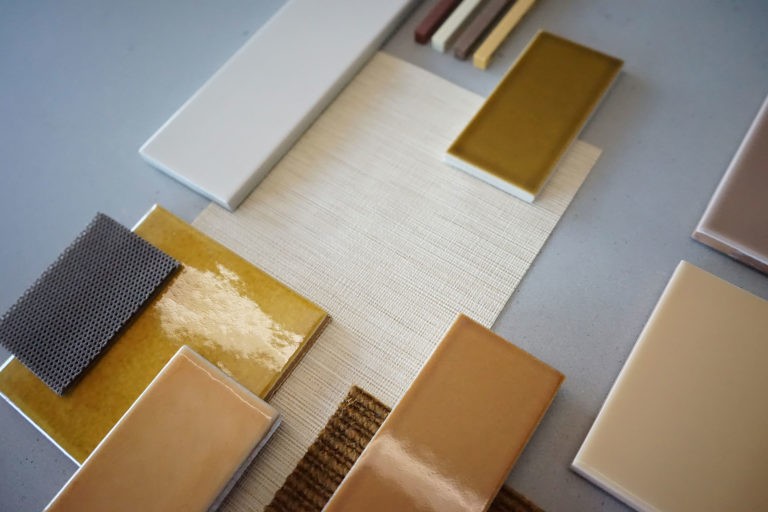
Cutler Insights:
Material Basics 101

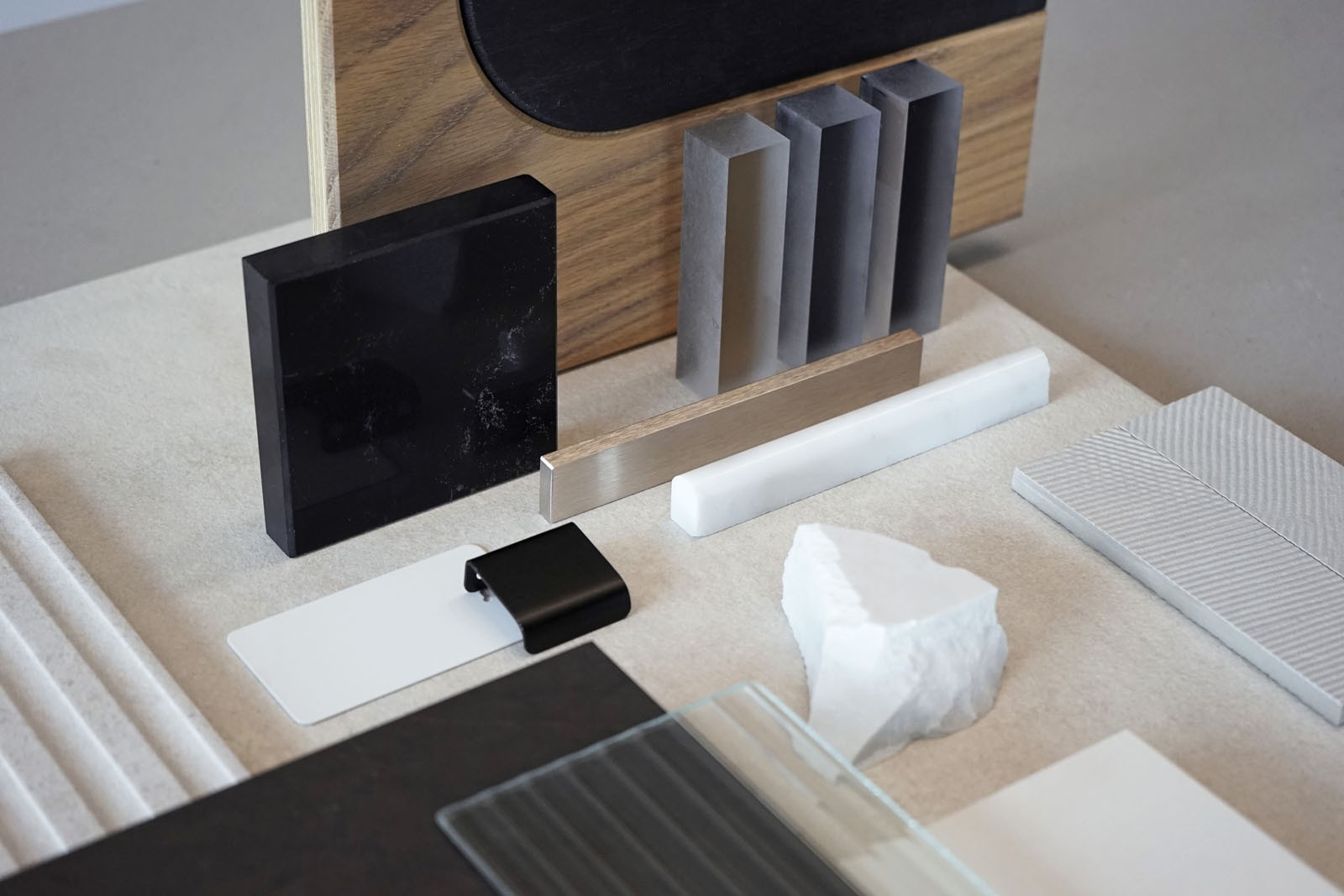
Flooring
Laminate
Laminate flooring has been around for decades and is popular for its ability to imitate the appearance of wood planks at a low cost. Depending on the quality of the print layer and the thickness of the wear layer, laminate ranges in level of durability and cost. One of the main disadvantages is that once heavily worn or deeply scratched it cannot be sanded or repaired – it must be replaced. It is not a good choice for any areas that might be exposed to water as it can easily bubble, warp, and buckle.
Vinyl
Vinyl flooring is available in a variety of shapes, sizes, and styles for both residential and commercial settings. Since vinyl is so versatile, the terminology can become overwhelming. Luxury Vinyl Plank (LVP) is an increasingly popular choice for those who want to mimic the look of hardwood without the high costs, whereas Luxury Vinyl Tile (LVT) is offered in a tile shape and mostly used in commercial settings. Vinyl has all the benefits of laminate flooring; however, it is much more water-resistant which makes it a preferable alternative because it can be used in entryways, washrooms, laundry rooms, and kitchens. It is also considered a “resilient” material which makes it much softer, less slippery, easier on the feet, and quieter compared to laminate or engineered hardwood flooring.
Engineered Hardwood
This is the most complicated choice due to cost, installation, and durability, but yields truly beautiful results. Much like laminate flooring, the “wear” layer varies in thickness (typically 1mm-4mm) depending on the selection. Real wood floors require surface treatment and often need to acclimate before installation. Using this product in wet areas such as a foyer, washroom, or laundry room is not recommended although some people don’t mind the rustic look of organic wear over time and are fine to use mats or rugs for protection. It is also susceptible to fading, so a UV finish should be chosen.
Pet scratches and urine accidents can be a big issue for real wood floors.
Polished Concrete
Polished concrete floors are highly durable, cost-effective, easily maintained, and popular for the industrial aesthetic they give. They are extremely difficult to chip, scratch, or stain making this an excellent option for high traffic spaces. Though concrete is extremely durable, some shy away from this material as it is quite hard, cold, and loud. It can also be dangerous choice for a home with babies or children at play.

Pro Tips
Bring samples into the space.
Lighting can make a big difference on how flooring appears in various spaces. It is very important to lay out full-sized samples with multiple boards in order to get a proper sense of the tone and character variation.
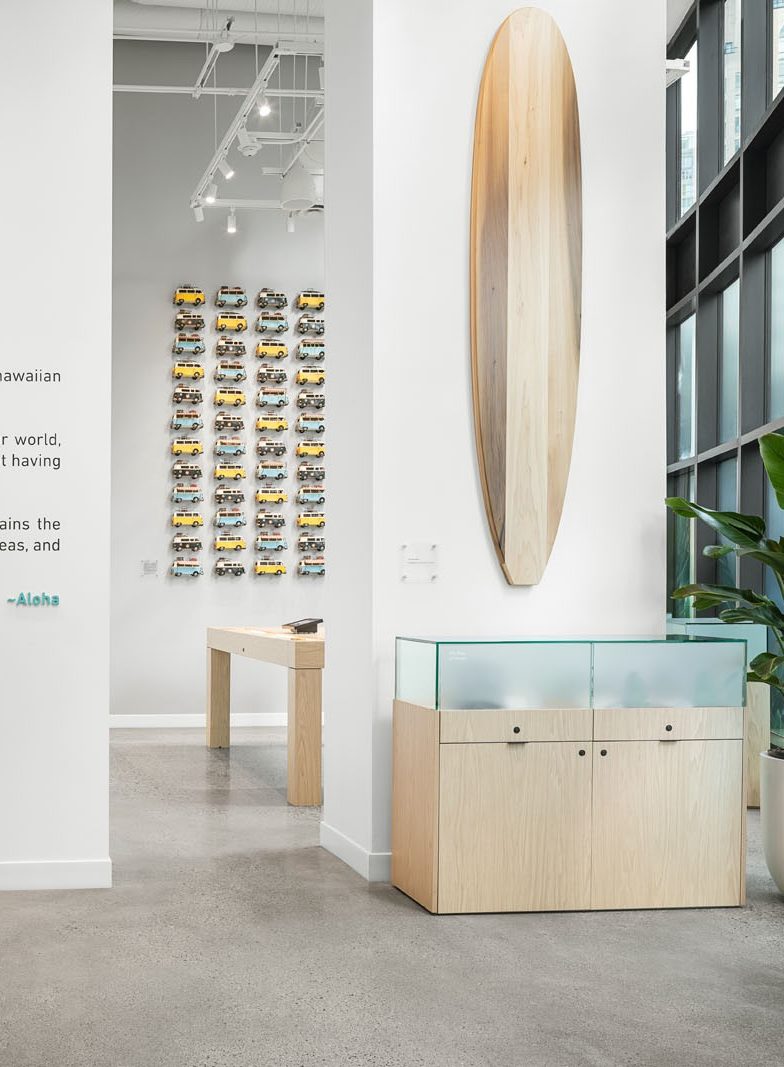
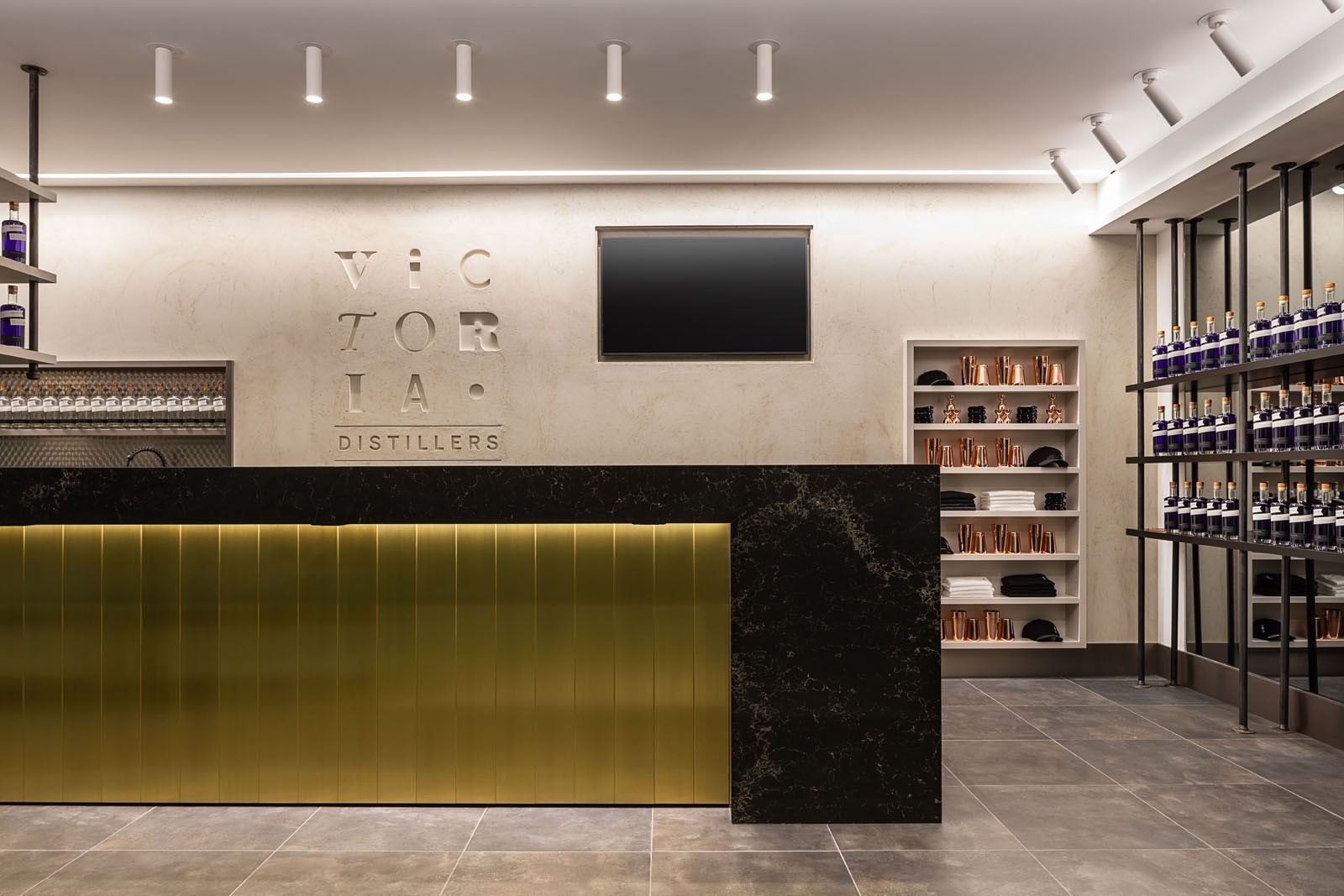
Countertops
Laminate
High Pressure Laminate (HPL) has been widely-used for surfacing since the 1950’s because it is affordable, virtually stain-proof, and easy to clean. A vast selection of colours, patterns, textures, and technical finishes are now offered in sheets by numerous brands. Unfortunately, laminate countertops are not the most durable. The edges are easy to chip and can bubble and warp if water penetrates the seams. They cannot readily be repaired, thus have a shorter lifespan than other options
Undermount sinks cannot be installed with laminate countertops.
The History of High Pressure Laminates
The laminate sheet process was patented in 1913 by the Formica brand. These early laminates could only be purchased in black or brown and were mainly used for electrical parts due to their insulating properties. The real boom time for the laminate industry was particularly through the 1950’s after the development of numerous patterns, cigarette-proof layers, and a finish to hinder the spread of flame.
Stone
Granite is an all-natural, porous stone that requires sealing. The patterns tend to be speckled and range in colour. It is heat, stain, and water resistant when sealed correctly. If not sealed correctly, it can etch, stain, and harbour bacteria. It is also very heavy and prone to cracking if not properly supported.
Quartz used in a countertop application is a man-made material that does not need to be sealed and provides superior durability over its stone counterparts - granite and marble. Many brands offer a variety of colours and pattens in large slabs, which makes it a low maintenance, long-lasting, and beautiful option. Quartz is durable, easy to clean, hygienic, heat-resistant, and nonporous.
Marble is an all-natural, porous stone that also requires sealing. The unique patterns are known to give a luxurious aesthetic to any space. It is one of the most expensive countertop materials and requires a commitment to very careful maintenance. Since it is a softer and more porous stone, it is very susceptible to stains, scratches, or etching after being in contact with anything acidic.
Solid Surface
Solid surface is a man-made composite material used for many residential and commercial applications. It is homogenous, meaning the material is the same all the way through. It is a cost effective and durable countertop solution. It is also easily cleanable due to its nonporous nature. It is offered in a wide range of colours and patterns and can even be fabricated to achieve seamless curves in custom designs.
Because scratches are highly visible on dark colours of solid surface, they should never be used for horizontal tasking applications.
Wood
Butcher block style countertops are constructed from pieces of hardwood laminated together with glue for strength and stability. Butcher block provides a warm character and allows for a quieter kitchen as it is gentle on dishware. As a result of being a softer and more permeable material, this option is susceptible to heat damage, scratches, and stains, however; it can be restored by resurfacing. Wood kitchen counters must be treated with a food-safe protective coating and require maintenance.

Pro Tips
You may be able to use offcuts.
Leftover pieces from projects are referred to as offcuts. These are usually only kept in storage by fabrication shops. If you’re looking to update a washroom vanity or smaller kitchen island, be sure to look around for offcuts.
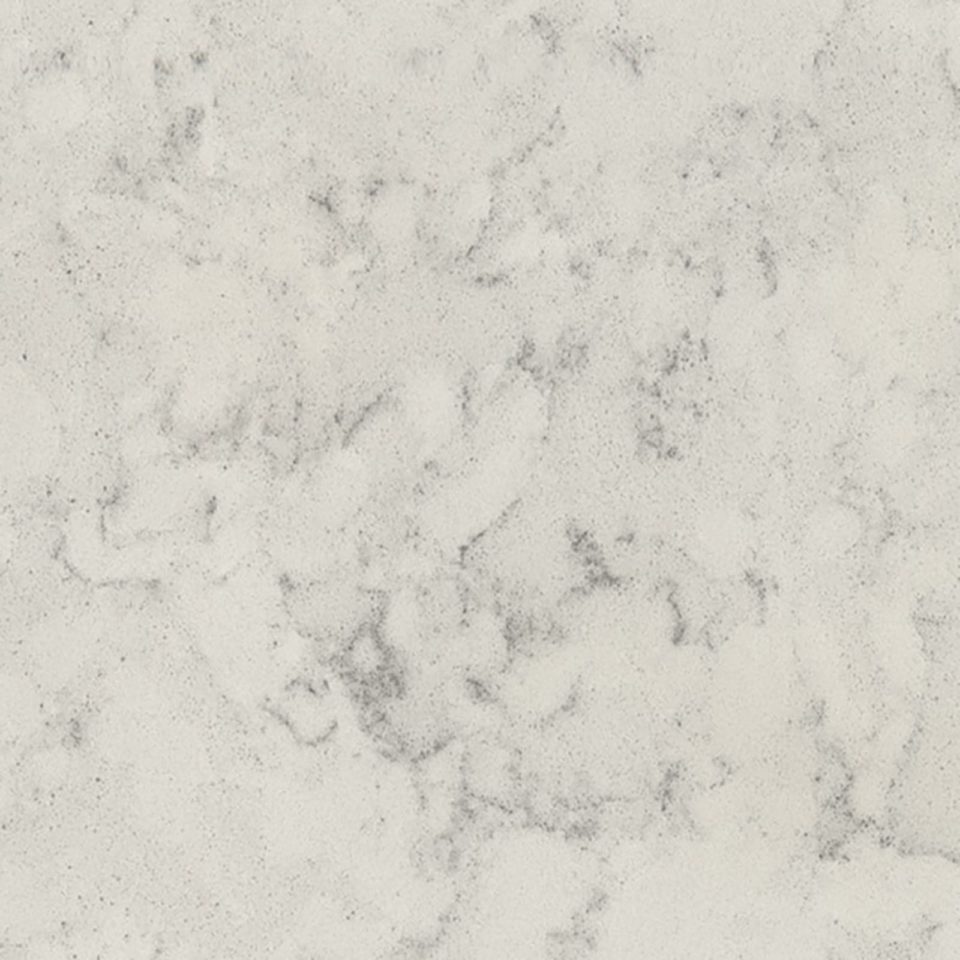
Laminate
FORMICA
“Neo Cloud”
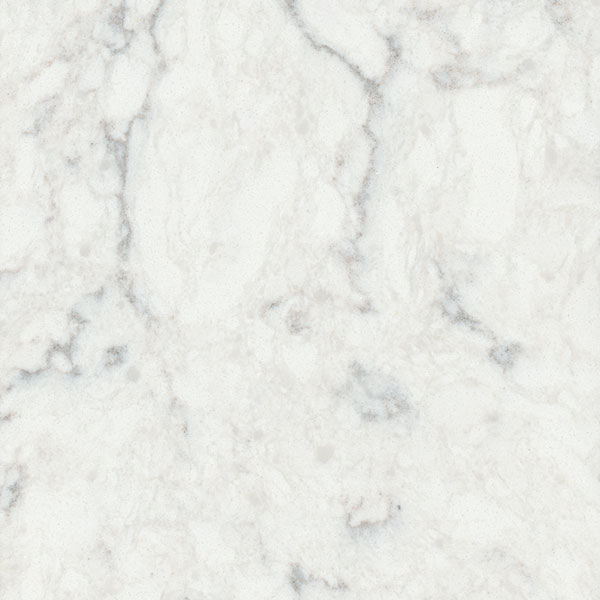
Quartz
VIATERA
“Minuet”
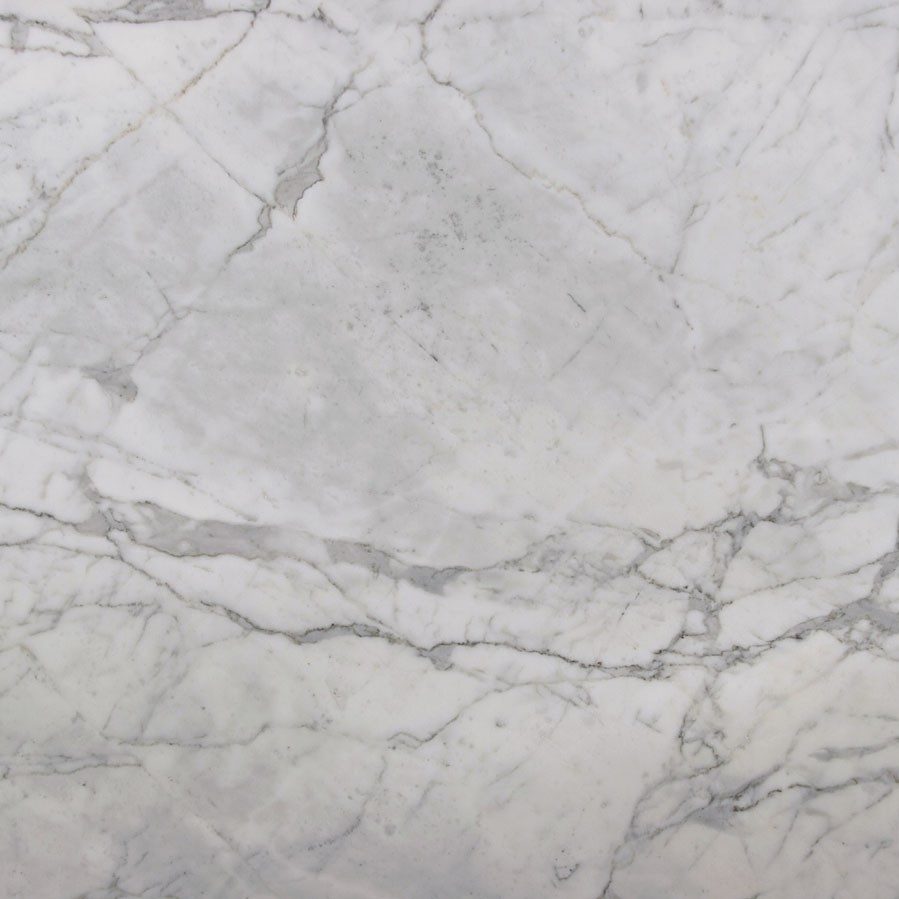
Marble
AEON STONE
“Pure 2208”
Cabinetry
High Pressure Laminate
HPL has been widely-used for surfacing since the 1950’s because it is resilient to scratches, virtually stain-proof, and easy to wipe clean. Typically, thin HPL sheets are applied on top of MDF or plywood sheets, and matching edge-banding is used around the visible outer edges of the cabinetry and doors.
A vast selection of colours, patterns, textures, and technical finishes are now offered in sheets by numerous brands. These are usually sorted by solid tones, patterns, and wood grains and then special features or finishes. Special features can include a solid core (no brown edges), extra durability, anti-microbial properties, and even markerboard surfaces. Finishes typically range from super matte to glossy, with many faux texture options in between.
Many brands offer a selection of quick-ship / in-stock items that will not require minimum order quantity (MOQ), but most special finishes will require a minimum number of sheets, delivery delays, or extra fees.
Solid Wood
Solid wood cabinetry has been used for decades and is still a great option for kitchen cabinets. While more costly, it will last for decades in comparison to MDF. On top of providing the unparalleled beauty of real woodgrain, it provides superior structural strength. Since solid wood boards typically expand and contract both horizontally and vertically when temperatures and humidity rise and fall, cabinets, doors, and panels made from solid wood require careful consideration to avoid warping or cracking
Spray Finish
Properly spray painting kitchen cabinets is similar to an autobody finish and requires a special compressed air sprayer. This process is usually done in layers inside the ventilated spray booth of a millwork shop before cabinetry is installed, but can also be done on-site with the proper preparation. Spray finishing provides a super-smooth, durable finish with endless colour options.
DIY painting cabinetry by hand requires careful preparation and product selection.
Polished Concrete
Polished concrete floors are highly durable, cost-effective, easily maintained, and popular for the industrial aesthetic they give. They are extremely difficult to chip, scratch, or stain making this an excellent option for high traffic spaces. Though concrete is extremely durable, some shy away from this material as it is quite hard, cold, and loud. It can also be dangerous choice for a home with babies or children at play.
Hardware Alternatives
Polished concrete floors are highly durable, cost-effective, easily maintained, and popular for the industrial aesthetic they give. They are extremely difficult to chip, scratch, or stain making this an excellent option for high traffic spaces. Though concrete is extremely durable, some shy away from this material as it is quite hard, cold, and loud. It can also be dangerous choice for a home with babies or children at play.

Pro Tips
How to achieve a super matte finish:
Matte finishes have become more and more popular and can easily be achieved with the right product selection. While many of the common brands offer a matte finish, most are not super matte and still tend to show unsightly oily fingerprints. Brands like FENIX and Wilsonart offer a series of super matte fingerprint proof materials that will do the trick.
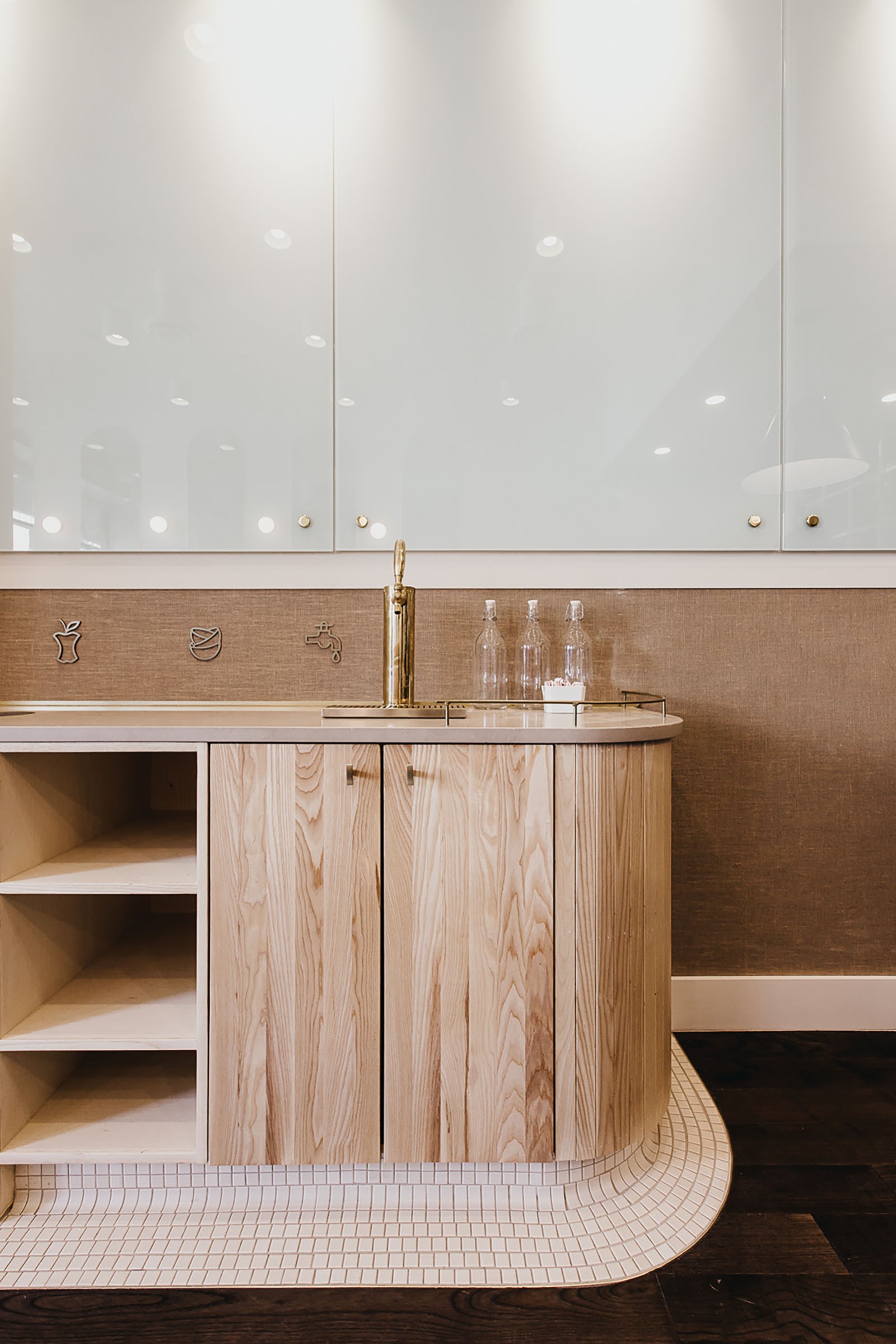

Tile
Porcelain Vs Ceramic
Known as the most durable type of tile on the market, porcelain is harder, denser, tougher, and less porous than ceramic tile. It also has a very low absorption rate, meaning it’s virtually impervious to water damage. Extra large format porcelain slabs have gained popularity in recent years for their ability to mimic real stone slabs at much more affordable price point.
Floor Tile Vs Wall Tile
Something to look out for as you select your tile is whether it is rated for interior or exterior environments and wall or floor applications. Floor tile is typically thicker than wall tile in order to withstand extra weight and also requires a slip-resistance rating (DCOF in North America). This is particularly something to watch out for if you are looking to achieve a modern floor-to-ceiling seamless aesthetic.
Tile Size
Large format tile is great way to achieve fewer grout lines and a uniform aesthetic but can be a pricier choice overall due to the floor levelling and heavy lifting required.
Smaller tiles are offered in an endless variety of more decorative shapes, patterns, textures, and glazes. They can also be helpful in problem solving awkward angles or uneven surfaces. The price point varies greatly depending on the style. Mosaics and hand-fired clay tiles with custom glazes are often much higher in price point.

Pro Tips
Don’t forget to account for any hidden costs.
When choosing your tile you’ll need to account for the material, labour, freight, and receiving / unloading.
Be sure to watch out for currency exchange rates.


